�
Texts in Applied Mathematics
15
Editors
J.E. Marsden
L. Sirovich
S.S. Antman
Advisors
G. Iooss
P. Holmes
D. Barkley
M. Dellnitz
P. Newton
Texts in Applied Mathematics
1.
2.
3.
4.
5.
6.
Sirovich: Introduction to Applied Mathematics.
Wiggins: Introduction to Applied Nonlinear Dynamical Systems and Chaos.
Hale/Koc¸ak: Dynamics and Bifurcations.
Chorin/Marsden: A Mathematical Introduction to Fluid Mechanics, 3rd ed.
Hubbard/West: Differential Equations: A Dynamical Systems Approach:
Ordinary Differential Equations.
Sontag: Mathematical Control Theory: Deterministic Finite Dimensional
Systems, 2nd ed.
Perko: Differential Equations and Dynamical Systems, 3rd ed.
Seaborn: Hypergeometric Functions and Their Applications.
Pipkin: A Course on Integral Equations.
7.
8.
9.
10. Hoppensteadt/Peskin: Modeling and Simulation in Medicine and the Life
11.
12.
13.
14.
Sciences, 2nd ed.
Braun: Differential Equations and Their Applications, 4th ed.
Stoer/Bulirsch: Introduction to Numerical Analysis, 3rd ed.
Renardy/Rogers: An Introduction to Partial Differential Equations.
Banks: Growth and Diffusion Phenomena: Mathematical Frameworks and
Applications.
Brenner/Scott: The Mathematical Theory of Finite Element Methods, 3rd ed.
Van de Velde: Concurrent Scientific Computing.
15.
16.
17. Marsden/Ratiu: Introduction to Mechanics and Symmetry, 2nd ed.
18. Hubbard/West: Differential Equations: A Dynamical Systems Approach:
Higher-Dimensional Systems.
Kaplan/Glass: Understanding Nonlinear Dynamics.
19.
20. Holmes: Introduction to Perturbation Methods.
21.
22.
Curtain/Zwart: An Introduction to Infinite-Dimensional Linear Systems
Theory.
Thomas: Numerical Partial Differential Equations: Finite Difference
Methods.
Taylor: Partial Differential Equations: Basic Theory.
23.
24. Merkin: Introduction to the Theory of Stability of Motion.
25.
26.
Naber: Topology, Geometry, and Gauge Fields: Foundations.
Polderman/Willems: Introduction to Mathematical Systems Theory:
A Behavioral Approach.
Reddy: Introductory Functional Analysis with Applications to Boundary
Value Problems and Finite Elements.
27.
28. Gustafson/Wilcox: Analytical and Computational Methods of Advanced
29.
Engineering Mathematics.
Tveito/Winther: Introduction to Partial Differential Equations:
A Computational Approach
(continued after index)
�
Susanne C. Brenner
L. Ridgway Scott
The Mathematical Theory
of Finite Element Methods
Third Edition
ABC
�
Susanne C. Brenner
Department of Mathematics and Center
for Computation and Technology
Louisiana State University
Baton Rouge, LA 70803
USA
brenner@math.lsu.edu
L. Ridgway Scott
University of Chicago
Chicago, IL 60637
USA
ridg@uchicago.edu
Series Editors
J.E. Marsden
Control and Dynamic Systems, 107-81
California Institute of Technology
Pasadena, CA 91125
USA
L. Sirovich
Division of Applied Mathematics
Brown University
Providence, RI 02912
USA
S.S. Antman
Department of Mathematics
and
Institute for Physical Science
and Technology
University of Maryland
College Park, MD 20742-4015
USA
ssa@math.umd.edu
ISBN 978-0-387-75933-3
DOI: 10.1007/978-0-387-75934-0
e-ISBN 978-0-387-75934-0
Library of Congress Control Number: 2007939977
Mathematics Subject Classification (2000): 65N30, 65–01, 46N40, 65M60, 74S05
c 2008 Springer Science+Business Media, LLC
All rights reserved. This work may not be translated or copied in whole or in part without the written
permission of the publisher (Springer Science+Business Media, LLC, 233 Spring Street, New York,
NY 10013, USA), except for brief excerpts in connection with reviews or scholarly analysis. Use
in connection with any form of information storage and retrieval, electronic adaptation, computer
software, or by similar or dissimilar methodology now known or hereafter developed is forbidden.
The use in this publication of trade names, trademarks, service marks, and similar terms, even if they
are not identified as such, is not to be taken as an expression of opinion as to whether or not they are
subject to proprietary rights.
Printed on acid-free paper
9 8 7 6 5 4 3 2 1
springer.com
�
Series Preface
Mathematics is playing an ever more important role in the physical and
biological sciences, provoking a blurring of boundaries between scientific
disciplines and a resurgence of interest in the modern as well as the clas-
sical techniques of applied mathematics. This renewal of interest, both in
research and teaching, has led to the establishment of the series Texts in
Applied Mathematics (TAM).
The development of new courses is a natural consequence of a high
level of excitement on the research frontier as newer techniques, such as
numerical and symbolic computer systems, dynamical systems, and chaos,
mix with and reinforce the traditional methods of applied mathematics.
Thus, the purpose of this textbook series is to meet the current and future
needs of these advances and to encourage the teaching of new courses.
TAM will publish textbooks suitable for use in advanced undergraduate
and beginning graduate courses, and will complement the Applied Mathe-
matical Sciences (AMS) series, which will focus on advanced textbooks and
research-level monographs.
Pasadena, California
Providence, Rhode Island
College Park, Maryland
J.E. Marsden
L. Sirovich
S.S. Antman
�
Preface to the Third Edition
This edition contains four new sections on the following topics: the BDDC
domain decomposition preconditioner (Section 7.8), a convergent adap-
tive algorithm (Section 9.5), interior penalty methods (Section 10.5) and
p functions (Section 10.6).
Poincar´e-Friedrichs inequalities for piecewise W 1
We have made improvements throughout the text, many of which were
suggested by colleagues, to whom we are grateful. New exercises have been
added and the list of references has also been expanded and updated.
Some of the new material originated from our research and we would
like to thank the National Science Foundation for support. The first au-
thor would also like to thank the Alexander von Humboldt Foundation for
supporting her visit to Germany in the Summer of 2007, during which the
work on this edition was completed. The second author would also like to
thank the Universit´e Pierre et Marie Curie for supporting his visits to Paris
during the past several years, during which work related to this edition was
carried out.
In the preface to the first edition, we outlined different ways the book
could be used in courses, but since some chapter numbers have changed, we
rephrase these suggestions here. Chapters 0 through 5 form the essential
material for a course (these chapter numbers have not changed). Chapters
6 and 7 provide an introduction to efficient iterative solvers for the linear
systems of finite element equations, but they do not contain material re-
quired by later chapters. A course emphasizing algorithmic aspects would
include them. Similarly, Chapters 8 and 9 are not required in later chapters.
A course covering challenging analysis questions would cover these. The for-
mer develops and applies max-norm error estimates to nonlinear problems,
and the latter introduces the concept of mesh adaptivity. Chapter 10, how-
ever, has an essential role in the subsequent chapters. But one could cover
only the first and third sections of this chapter and then go on to Chapter
11 or 12 to study typical systems of differential equations found in appli-
cations. Chapter 13 is essentially a continuation of Chapter 12. Chapters
10-13 form the core for a course emphasizing basic models in mechanics.
Chapter 14 is an independent topic at a somewhat more advanced level
that only depends on Chapters 0-5. It develops some functional analysis
techniques and their application to finite element methods.
Baton Rouge, LA
Chicago, IL
20/07/2007
Susanne C. Brenner
L. Ridgway Scott
�
Preface to the Second Edition
This edition contains two new chapters. The first one is on the additive
Schwarz theory with applications to multilevel and domain decomposition
preconditioners, and the second one is an introduction to a posteriori error
estimators and adaptivity. We have also included a new section on an ex-
ample of a one-dimensional adaptive mesh, a new section on the discrete
Sobolev inequality and new exercises throughout. The list of references has
also been expanded and updated.
We take this opportunity to extend thanks to everyone who provided
comments and suggestions about this book over the years, and to the Na-
tional Science Foundation for support. We also wish to thank Achi Dosanjh
and the production staff at Springer-Verlag for their patience and care.
Columbia, SC
Chicago, IL
20/02/2002
Susanne C. Brenner
L. Ridgway Scott
�
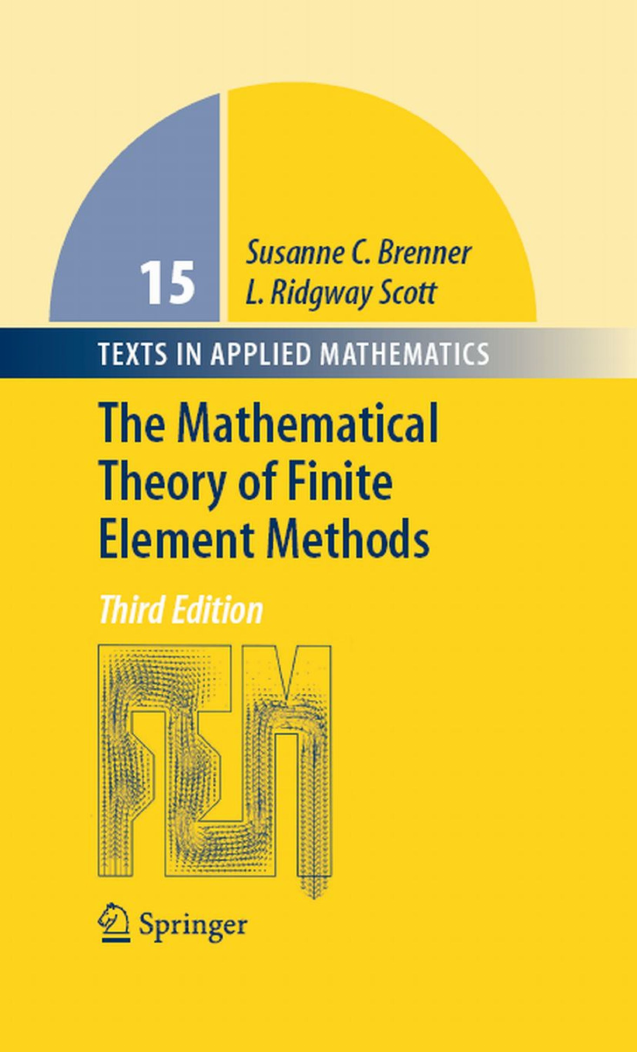
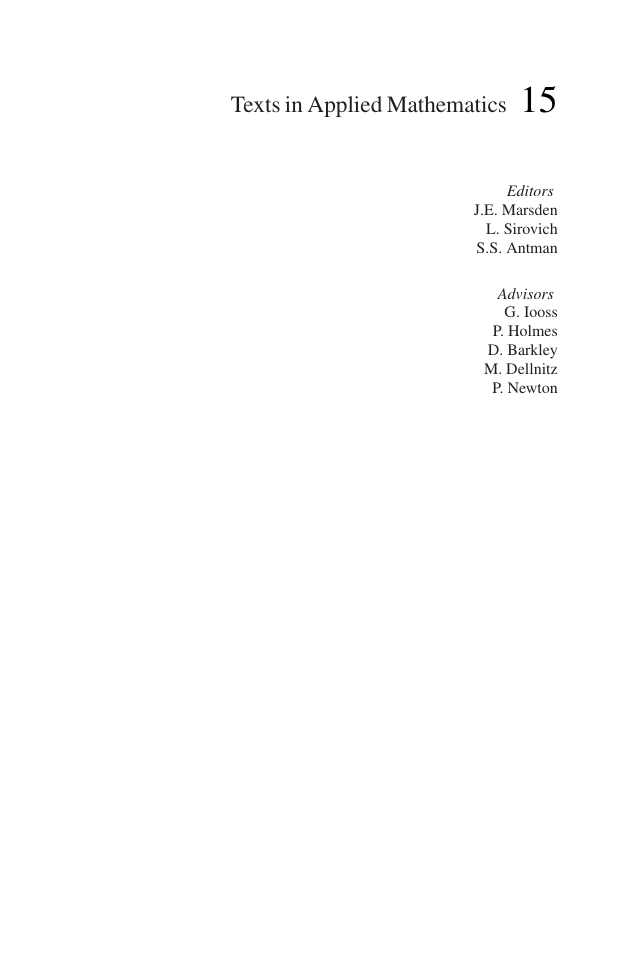
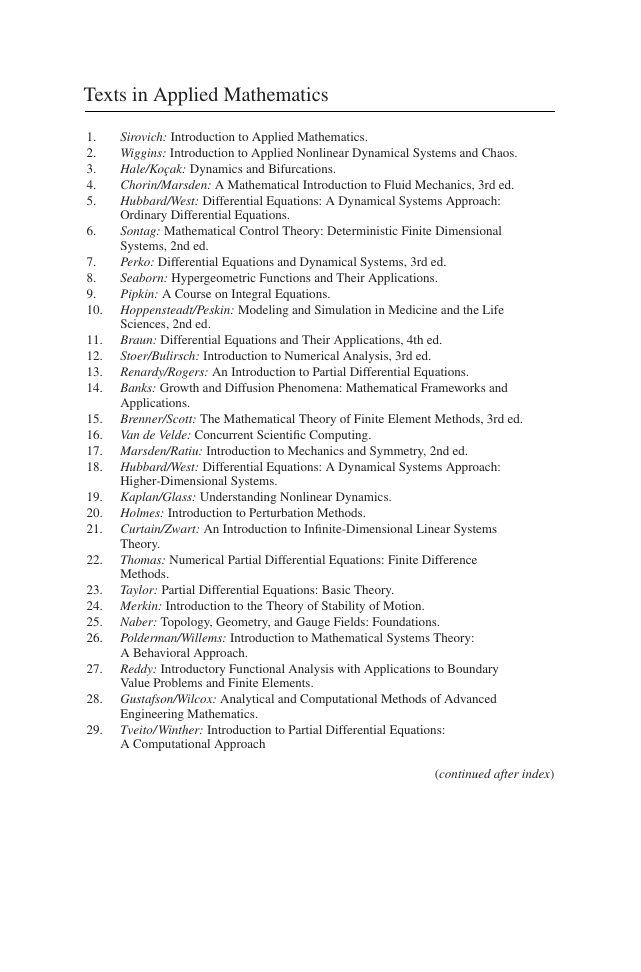
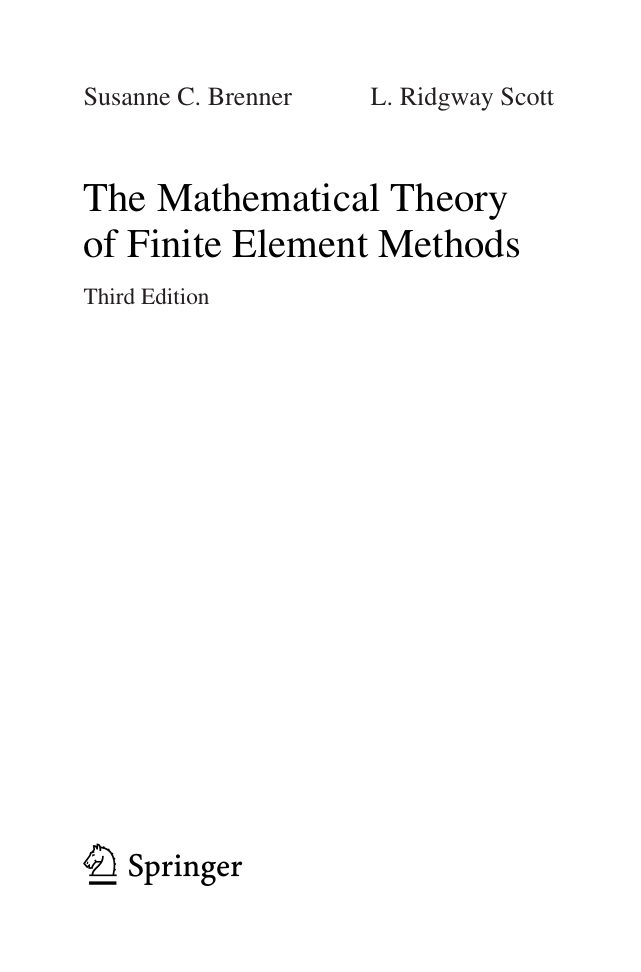



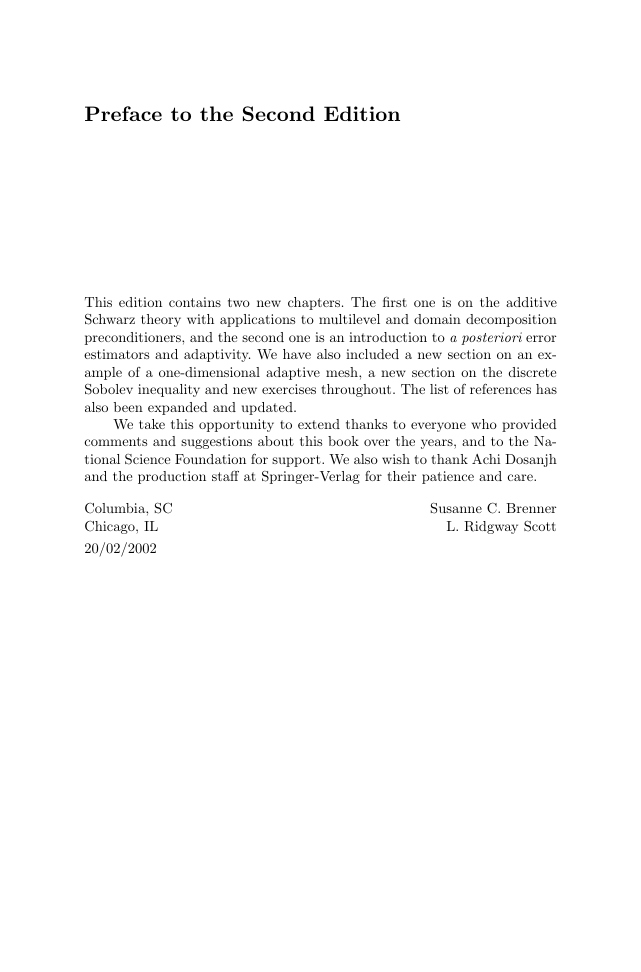








 2023年江西萍乡中考道德与法治真题及答案.doc
2023年江西萍乡中考道德与法治真题及答案.doc 2012年重庆南川中考生物真题及答案.doc
2012年重庆南川中考生物真题及答案.doc 2013年江西师范大学地理学综合及文艺理论基础考研真题.doc
2013年江西师范大学地理学综合及文艺理论基础考研真题.doc 2020年四川甘孜小升初语文真题及答案I卷.doc
2020年四川甘孜小升初语文真题及答案I卷.doc 2020年注册岩土工程师专业基础考试真题及答案.doc
2020年注册岩土工程师专业基础考试真题及答案.doc 2023-2024学年福建省厦门市九年级上学期数学月考试题及答案.doc
2023-2024学年福建省厦门市九年级上学期数学月考试题及答案.doc 2021-2022学年辽宁省沈阳市大东区九年级上学期语文期末试题及答案.doc
2021-2022学年辽宁省沈阳市大东区九年级上学期语文期末试题及答案.doc 2022-2023学年北京东城区初三第一学期物理期末试卷及答案.doc
2022-2023学年北京东城区初三第一学期物理期末试卷及答案.doc 2018上半年江西教师资格初中地理学科知识与教学能力真题及答案.doc
2018上半年江西教师资格初中地理学科知识与教学能力真题及答案.doc 2012年河北国家公务员申论考试真题及答案-省级.doc
2012年河北国家公务员申论考试真题及答案-省级.doc 2020-2021学年江苏省扬州市江都区邵樊片九年级上学期数学第一次质量检测试题及答案.doc
2020-2021学年江苏省扬州市江都区邵樊片九年级上学期数学第一次质量检测试题及答案.doc 2022下半年黑龙江教师资格证中学综合素质真题及答案.doc
2022下半年黑龙江教师资格证中学综合素质真题及答案.doc